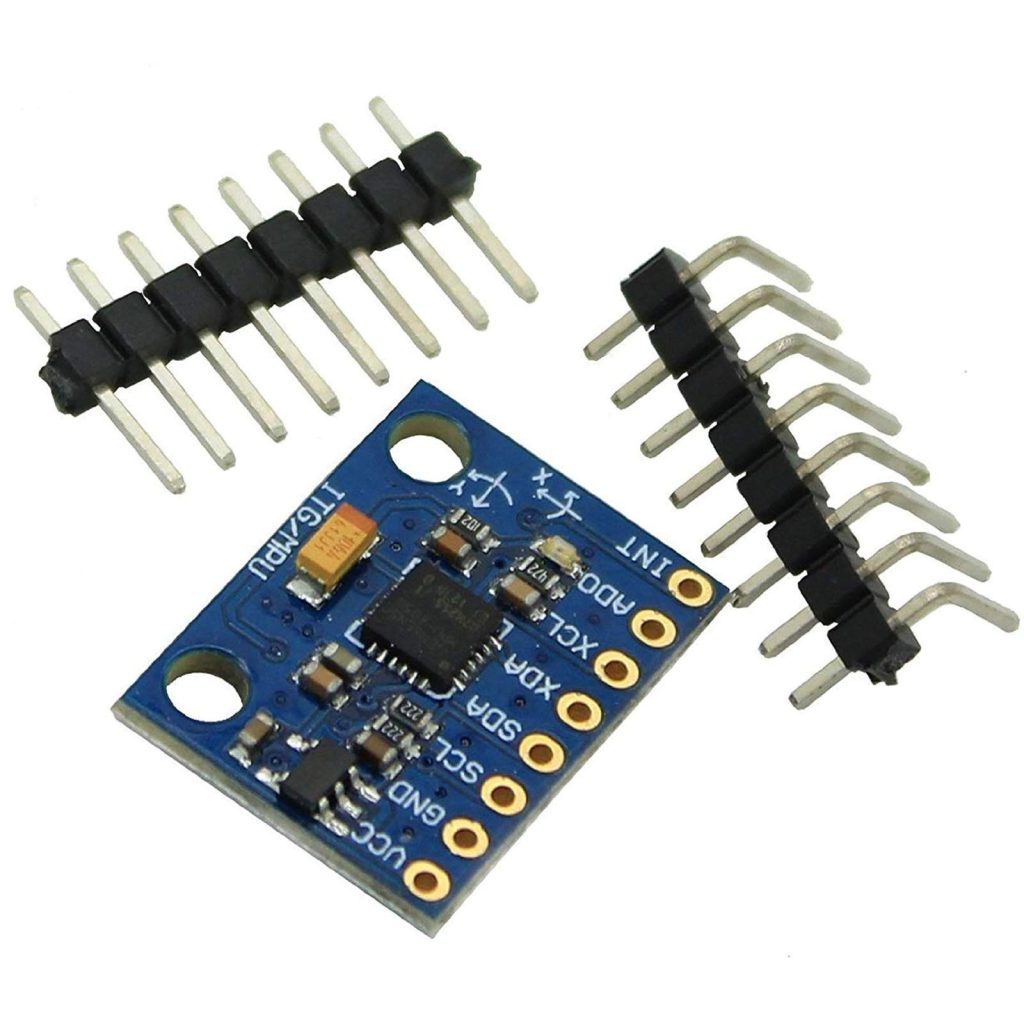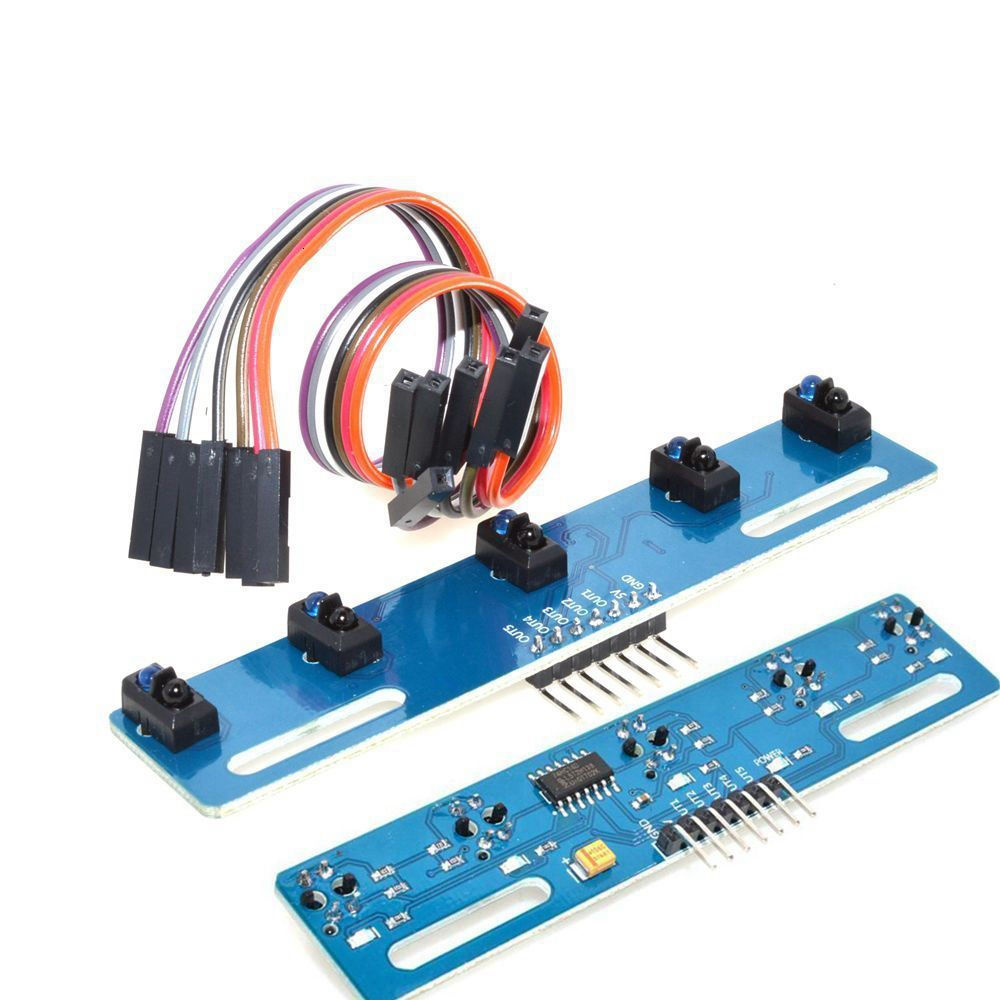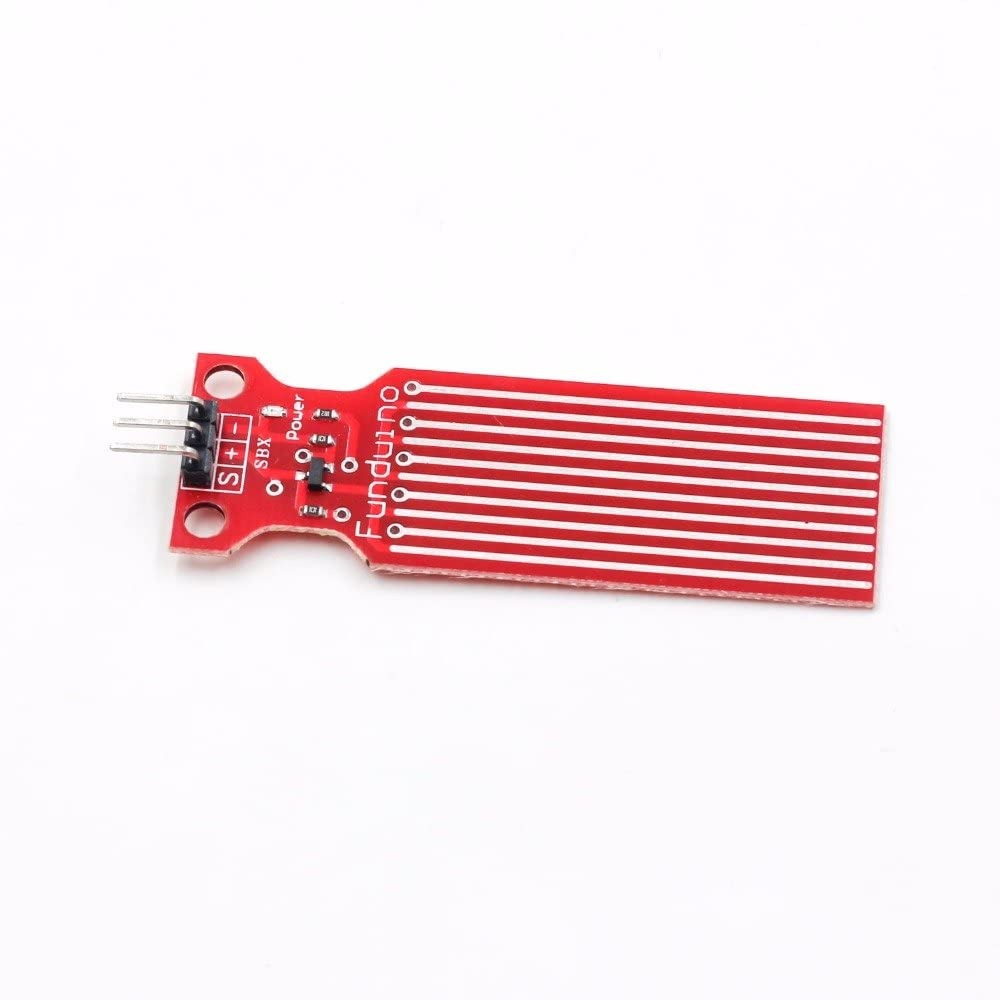RFID Reader/Writer RC522 SPI S50 with RFID Card and Tag
- Voltage: DC 3.3V (Do not use 5V supply)
- Operating Current :13-26mA
- Idle Current :10-13mA
- Operating Frequency: 13.56MHz
- Highly integrated analog circuitry to demodulate and decode responses
- Supports ISO/IEC 14443 A/MIFARE
- Typical operating distance in reading/Write mode up to 50 mm
135,00 EGP
In stock
In stock
Payment Methods:
Description
Do you want to know the work of RFID Reader/Writer RC522 SPI S50 CARD AND KEYCHAIN, then this Product is best for you . With this Product, you can detect radio waves produced by a reader to detect the presence of (then read the data stored on) an RFID tag
This is RFID Reader/Writer RC522 SPI S50 CARD AND KEYCHAIN which works on non-contact 13.56mhz communication, is designed by NXP as low power consumption, low cost, and compact size read and write chip, is the best choice in the development of smart meters and portable hand-held devices.
It uses an advanced modulation system, fully integrated at 13.56MHz with all kinds of positive non-contact communication protocols. Support 14443A compatible answer signal. DSP deals with ISO14443A frames and error correction.
This module can fit directly in handheld devices for mass production. The module uses the 3.3V power supply and can communicate directly with any CPU board by connecting through the SPI protocol, which ensures reliable work, good reading distance.
Features :
- Highly integrated analog circuitry to demodulate and decode responses.
- Supports ISO/IEC 14443 A/MIFARE.
- Typical operating distance in reading/Write mode up to 50 mm.
- Supports ISO/IEC 14443 A higher transfer speed communication up to 848 kBd.
- SPI up to 10 Mbit/s.
- FIFO buffer handles 64 bytes send and receive.
- Flexible interrupt modes.
- Power-down by software mode.
- Programmable Timer.
- 2.5 V to 3.3 V power supply.
- CRC coprocessor.
- Internal self-test.
Package Includes
1 x RFID-RC522 Reader/Write Module
1 x Standard blank RFID card
2 x A Straight & right-angle header strip
1 x Special-shaped keychain RFID tag
Useful Links:
Arduino Playground for MFRC522
Arduino RC522 RFID Door Unlock
Access Control System based on Arduino
Github Source code for various targets like PIC, AVR, ARM, and such
Specification
General
| Weight Weight | 20,0000 g |
|---|---|
 Dimensions
Dimensions
|
60 × 39 × 5 mm |
| input-supply-voltage-v |
3.3V (Do not use 5V supply) |
| operating-current-ma |
13 ~ 26 |
| operating-frequency-mhz |
13.56 |
| spi-data-rate-mbit-s |
10 |
| operating-distance-in-reading-write-mode-mm |
50 |











